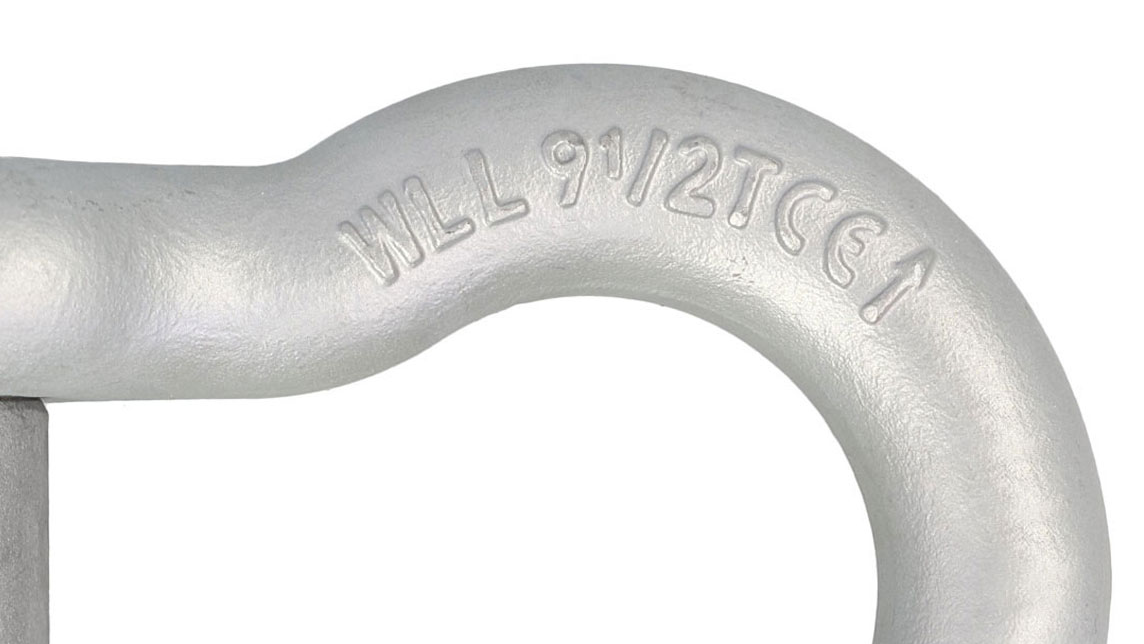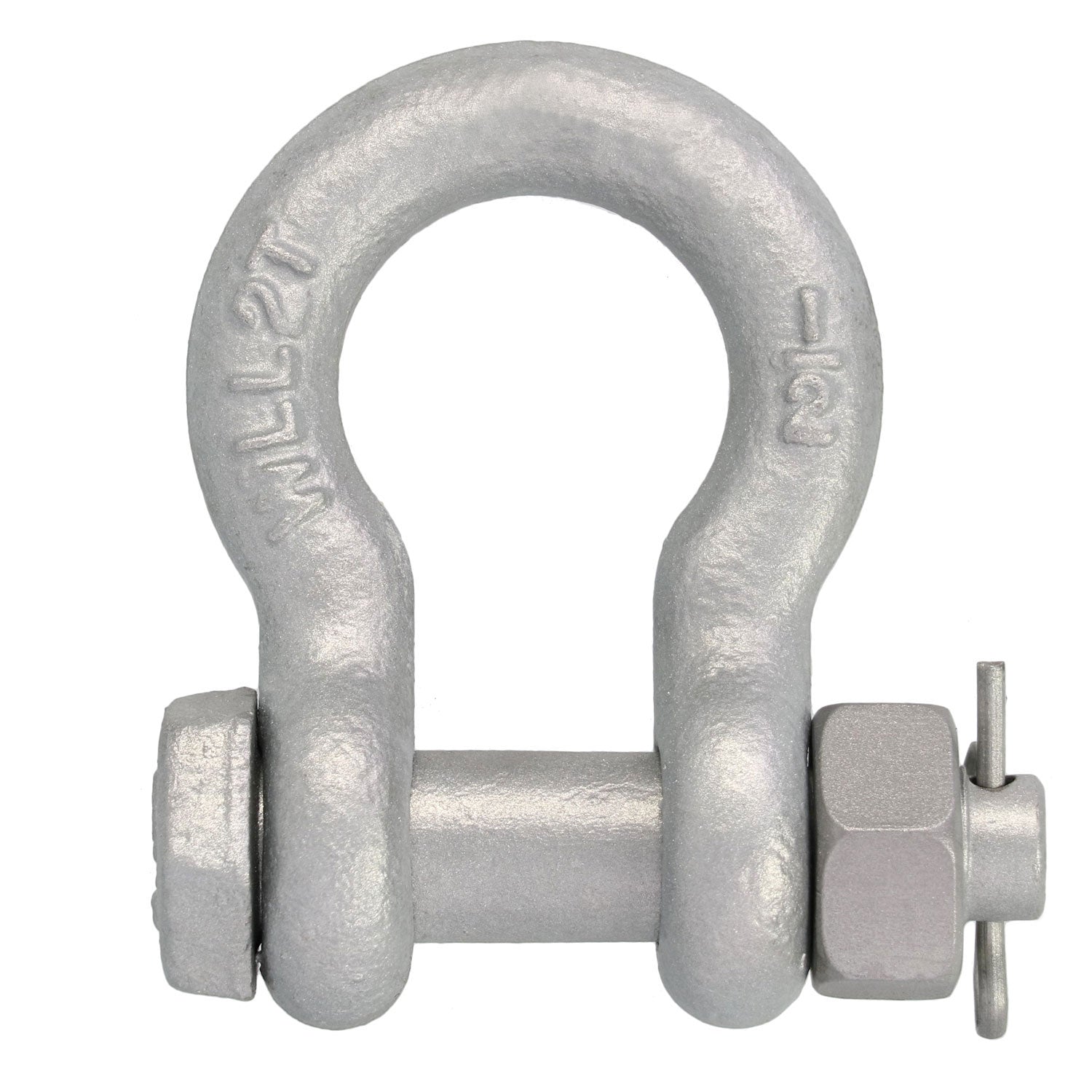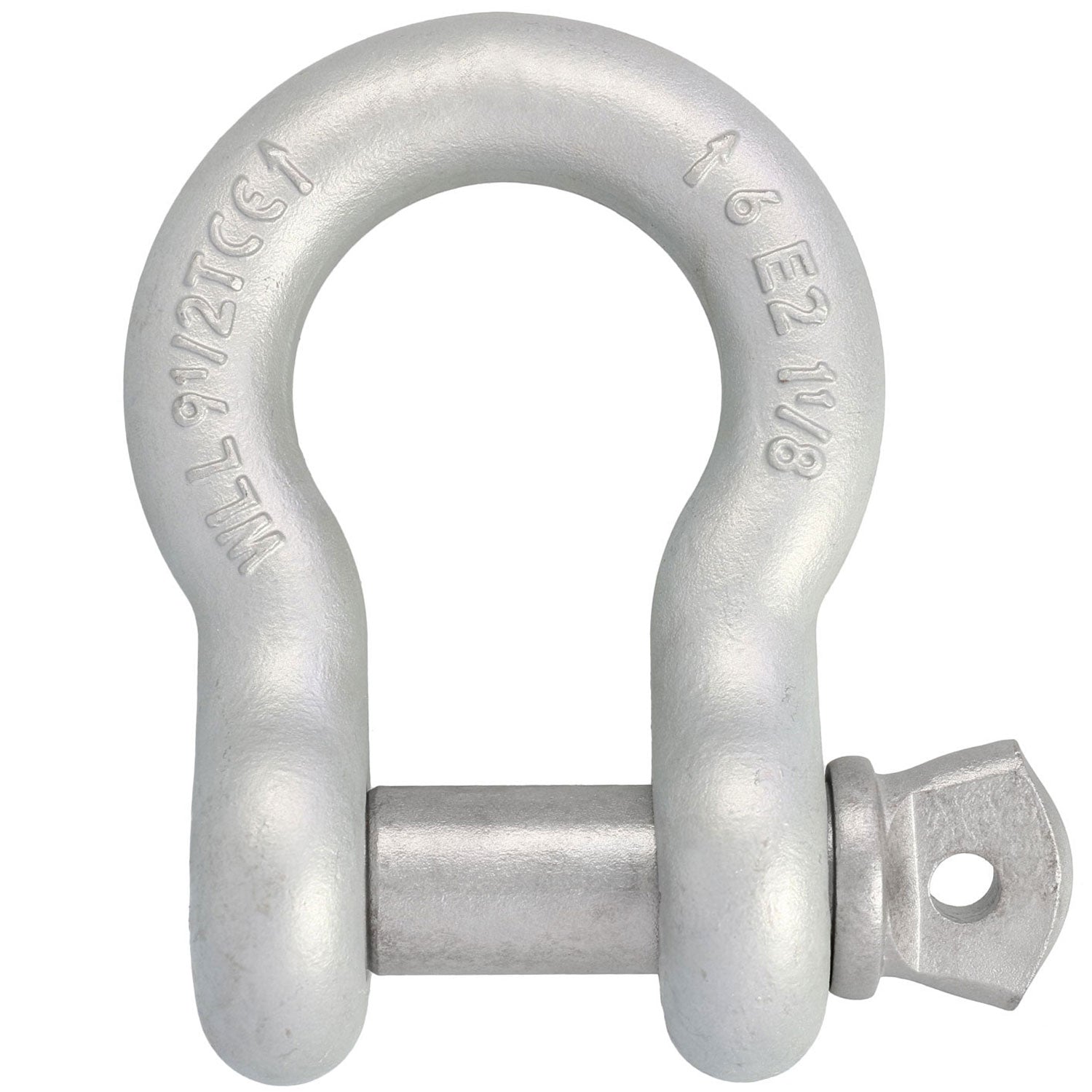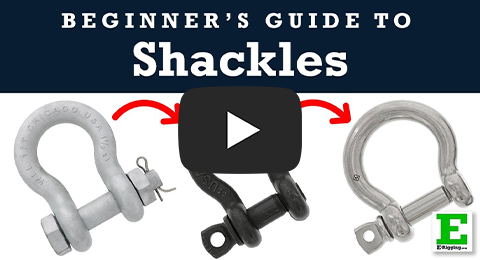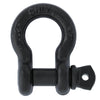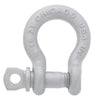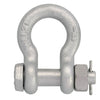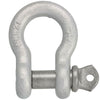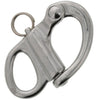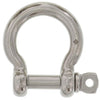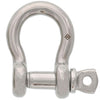Choosing the Right Shackle

In the world of rigging, shackles are an undeniable must when completing a wide array of suspension and support projects. From bridges and communications towers to sunshades and tree planting, the shackle is the link connecting them all. Below you’re going to learn about shackle anatomy, common material and coating types, shackle types, shackle use cases, and other basic information to help you select the best shackle for your application.
Shackles are a type of rigging fitting that’s used as an attachment component for lifts or suspension.
NOTE: Refer to ASME B30.26 for all guidelines pertaining to overhead lifting and suspension.
WLL
Always ensure that the selected shackle meets or exceeds the working load limit for each specific task and is comparable to the Working Load Limit (WLL) of other rigging hardware being used in the lift or suspension.Side-Loading
Whenever a shackle is used to pull or lift a load at an angle greater than 5° from the shackle’s centerline, it is referred to as “side-loading”. All side-loading comes with specific load reduction that must be factored into the WLL of the rig. For example, if the shackle is loaded at any angle from 6° - 45°, that shackle WLL should be reduced by 30%. From 46° - 90°, the WLL will be reduced by 50%. Loading at any angle over 90° is NOT recommended.Shackle Pin Varieties
When lifting and suspending with shackles, it’s important to understand the function and the application of the two pin varieties.
Bolt-Type/Safety Pin
This variety refers to a threaded pin that slides through the two unthreaded ears of the shackle after which is secured by a combination nut and cotter pin. The nut should be tight up against the ear and the cotter pin ends should be bent back. When properly installed, you’ll have a safe, semi-permanent connection that’s suitable for overhead lifting and suspension.Screw Pin
A screw pin shackle features a single ear that is threaded to receive a matching screw pin for a closed connection. This shackle is convenient for temporary overhead lifting and pick-and-place tasks since the screw pin is quick and easy to open or close. Prior to every lift, hand-tighten the screw pin to ensure the shoulders of the pin are contacting the shackle’s ear, and the threads are fully engaged. In the case that the screw-pin shackle is exposed to vibration, mousing can be used as backup securement.Looking for the Beginner’s Guide to Shackles?
Click here to read more!

